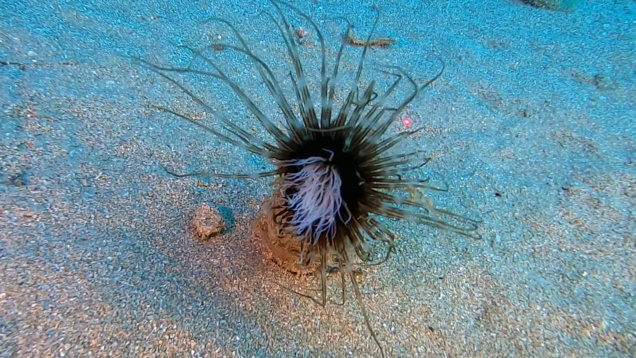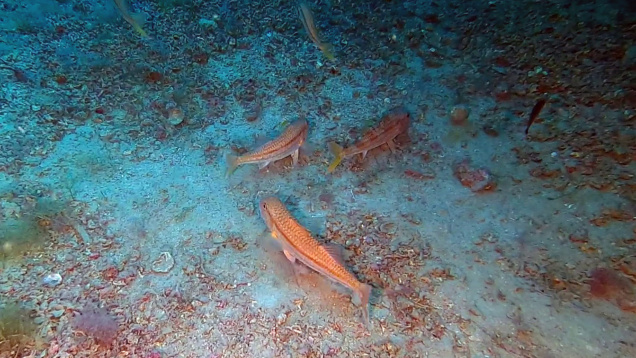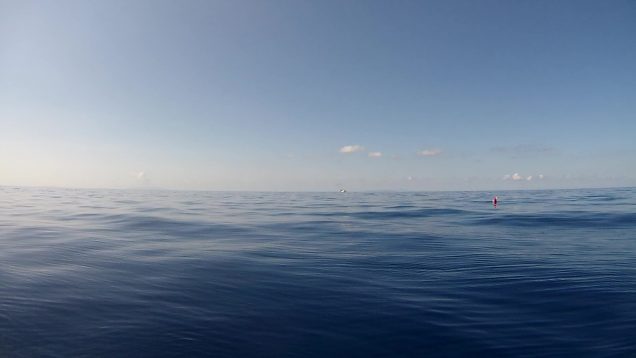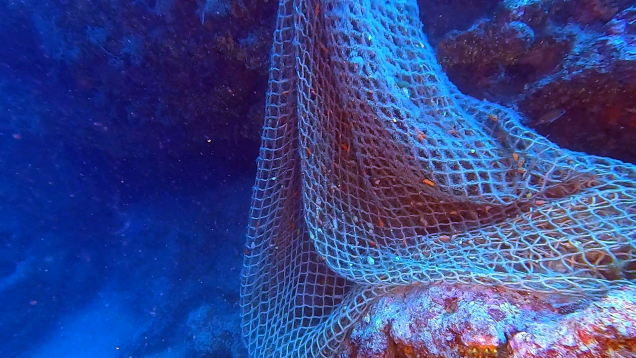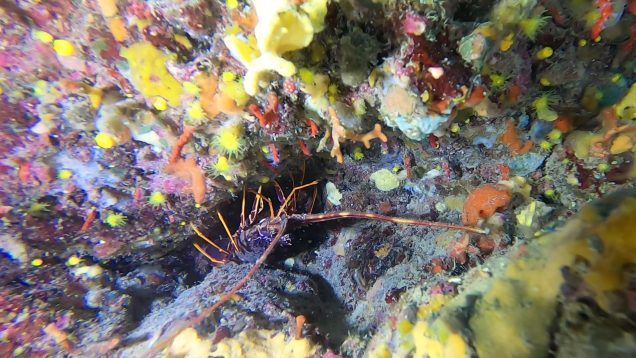Cylinder anemone
Cylindrical or Cylinder anemone, Cerianthus membranaceus, (anemone cilindrico), is one of the species of deep sea anemones typical of the Mediterranean Sea. Autochthonous to the Mediterranean Sea, it can also be found in the eastern Atlantic Ocean, on sandy or muddy bottoms from a few meters up to 40 meters deep, even if in this dive we are on a rock and sand bottom that varies from 45 to 48 meters deep. ...




